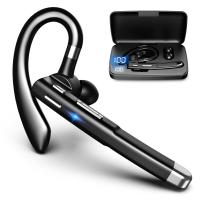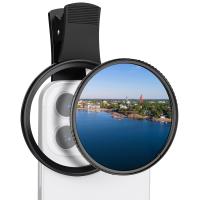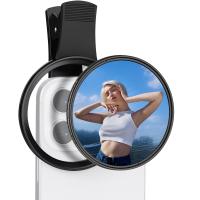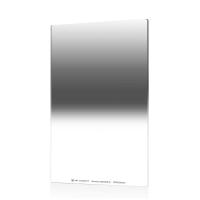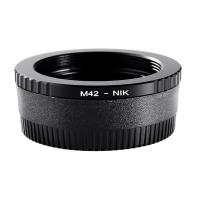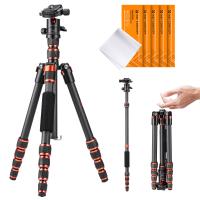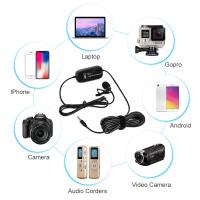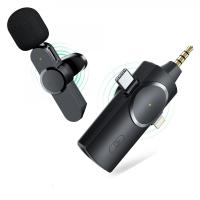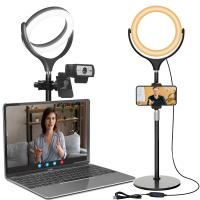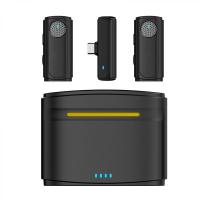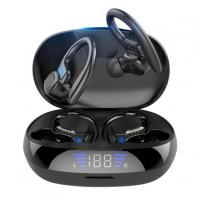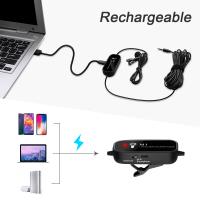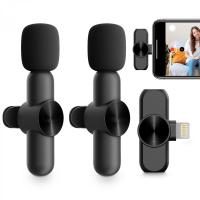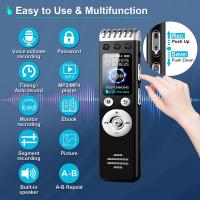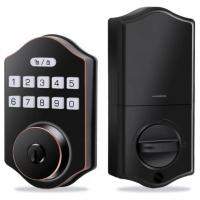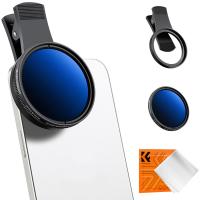How To Use Earphone Microphone On Laptop?
How to Use Your Earphone Microphone on a Laptop: A Step-by-Step Guide

Using an earphone microphone on your laptop can be a simple and effective way to improve your audio quality, whether you're on a video call, recording audio, or engaging in online gaming. However, it's not always straightforward, and there are several things you might need to consider to get the setup working smoothly. In this guide, I’ll walk you through the necessary steps to properly configure your earphone microphone on a laptop, troubleshoot potential issues, and make the most out of your setup.
1. Understanding the Connection Types
Before diving into the setup process, it’s essential to understand the different ways earphones with microphones can connect to your laptop. The most common methods include:
- 3.5mm Audio Jack: A standard headphone jack with a combined microphone and headphone connector (TRRS – Tip-Ring-Ring-Sleeve).
- USB: Some earphones come with a USB connector, which is typically plug-and-play on most modern laptops.
- Bluetooth: Wireless earphones that connect via Bluetooth.
Knowing which connection type your earphones use is crucial because it will determine the steps you need to take to set up the microphone.
---
2. Plugging In and Setting Up Your Earphone Microphone
Using 3.5mm Jack (TRRS)
Most earphones that come with a built-in microphone use a 3.5mm jack, and many laptops have a single 3.5mm port that supports both audio output (for headphones) and input (for microphone). Here's what you need to do:
1. Insert the Headphone Jack: Plug the earphone’s 3.5mm jack into the laptop’s audio port. This is typically located on the side of the laptop and may be marked with a headphone icon.
2. Check if Your Laptop Recognizes the Microphone: After plugging it in, your laptop should automatically recognize the earphone’s microphone. A prompt may appear asking you if you want to set it as the default recording device.
3. Adjust Sound Settings:
- Windows:
1. Right-click the sound icon in the taskbar and select "Sounds."
2. Go to the "Recording" tab.
3. If your earphones’ microphone is listed, right-click and select "Set as Default Device." If it's not showing up, try unplugging and re-plugging the earphones.
- MacOS:
1. Click on the Apple logo and go to "System Preferences."
2. Click on "Sound."
3. Under the "Input" tab, select your earphone’s microphone from the list of available devices.
Using USB Headphones
For earphones with a USB connection, the process is even simpler, as these are usually plug-and-play. Here’s what to do:
1. Plug the USB into Your Laptop: Insert the USB connector into an available USB port.
2. Check Your Laptop’s Audio Settings:
- Windows: Go to the sound settings by right-clicking the volume icon in the taskbar, select "Open Sound settings," and ensure the USB device is selected as both the input and output device.
- MacOS: Follow the same steps as with the 3.5mm jack method, but look for your USB headset under "Input" in the Sound settings.
Using Bluetooth Earphones
If your earphones are Bluetooth-enabled, here’s how you can pair them with your laptop:
1. Turn on Bluetooth on Your Laptop: Go to your laptop’s Bluetooth settings. On Windows, click the notification icon on the taskbar, select "Bluetooth," and ensure it's turned on. On Mac, go to "System Preferences" > "Bluetooth" and enable it.
2. Put Your Earphones in Pairing Mode: Follow the instructions that came with your earphones to put them in Bluetooth pairing mode.
3. Connect the Earphones:
- On Windows, under the Bluetooth settings, select "Add a Bluetooth device" and choose your earphones when they appear.
- On MacOS, select your earphones from the list of available devices once they appear in the Bluetooth menu.
4. Set the Microphone as Default:
- After successfully pairing, go to your sound settings on Windows or MacOS (as mentioned earlier), and ensure your earphones are selected as the input and output device.
---
3. Troubleshooting Common Issues
Even with a relatively simple setup, things can occasionally go wrong. Here are some common issues you might encounter when trying to use your earphone microphone with a laptop and how to fix them:
The Microphone Isn’t Recognized
1. Check the Physical Connection: Ensure that your earphones are plugged in properly. A loose connection can result in the microphone not being recognized.
2. Update Drivers: Sometimes, outdated or missing drivers can prevent your earphone’s microphone from working. To update drivers:
- Windows: Right-click "Start," select "Device Manager," and expand "Audio Inputs and Outputs." Right-click your microphone device and select "Update driver."
- MacOS: Apple typically handles driver updates automatically, but you can check for updates by going to "System Preferences" > "Software Update."
3. Reboot Your Laptop: Sometimes a simple restart is enough to solve recognition issues.
Low or No Sound from Microphone
1. Check the Microphone Volume:
- Windows: Right-click the sound icon in the taskbar, select "Sounds," then go to the "Recording" tab. Right-click the microphone, select "Properties," and under the "Levels" tab, adjust the microphone volume.
- MacOS: In "System Preferences" > "Sound" > "Input," make sure the input volume is set to an adequate level.
2. Test the Microphone: In some cases, software or applications may not automatically select your earphone microphone. You can test it using the built-in sound recorder on Windows or Mac.
3. Disable Other Input Devices: If your laptop has multiple microphones (e.g., internal microphone, USB mic), they might conflict with your earphone’s mic. Disable unused input devices in your sound settings.
Audio Feedback or Echo
If you're experiencing an echo during calls or recordings, it could be due to the microphone picking up sound from the laptop's speakers. To fix this:
1. Lower the Speaker Volume: If you're using your earphones as both input and output, make sure the volume on your laptop is low enough to prevent feedback.
2. Use Headphones with Noise-Cancellation: If your earphones support noise cancellation, make sure it’s activated to reduce background noise and improve clarity.
---
4. Maximizing the Quality of Your Earphone Microphone
To get the best performance out of your earphone microphone, here are some tips that can help:
- Position the Microphone Correctly: If your earphones have a detachable or adjustable mic, make sure it’s positioned close to your mouth but not too close, as this can cause distortion.
- Use Noise-Canceling Features: Many modern earphones have built-in noise cancellation. If your earphones support this feature, make sure it’s enabled to eliminate background noise, particularly in a noisy environment.
- Choose the Right Software Settings: Some software (like Zoom, Skype, Discord) allows you to adjust the microphone volume or enable noise suppression. Make sure to tweak these settings for better sound quality.
- Avoid Overloading the Input: Keep the input levels moderate to avoid distortion. A microphone that's too sensitive can pick up unwanted noise, while one that's too quiet might not pick up your voice clearly.
---
5. Conclusion
Using your earphone microphone on a laptop is a practical and affordable way to improve your communication setup for video calls, podcasts, or gaming. While the process is usually straightforward, it may involve a few setup steps depending on the connection type. Whether you're plugging in via a 3.5mm jack, using USB earphones, or pairing via Bluetooth, the key is ensuring your laptop recognizes the device correctly and that you're adjusting the sound settings to suit your needs.
With the steps outlined in this guide, you should be able to get your earphone microphone up and running without much hassle. If you encounter problems, the troubleshooting tips can help you identify and resolve issues, ensuring a smooth audio experience.


